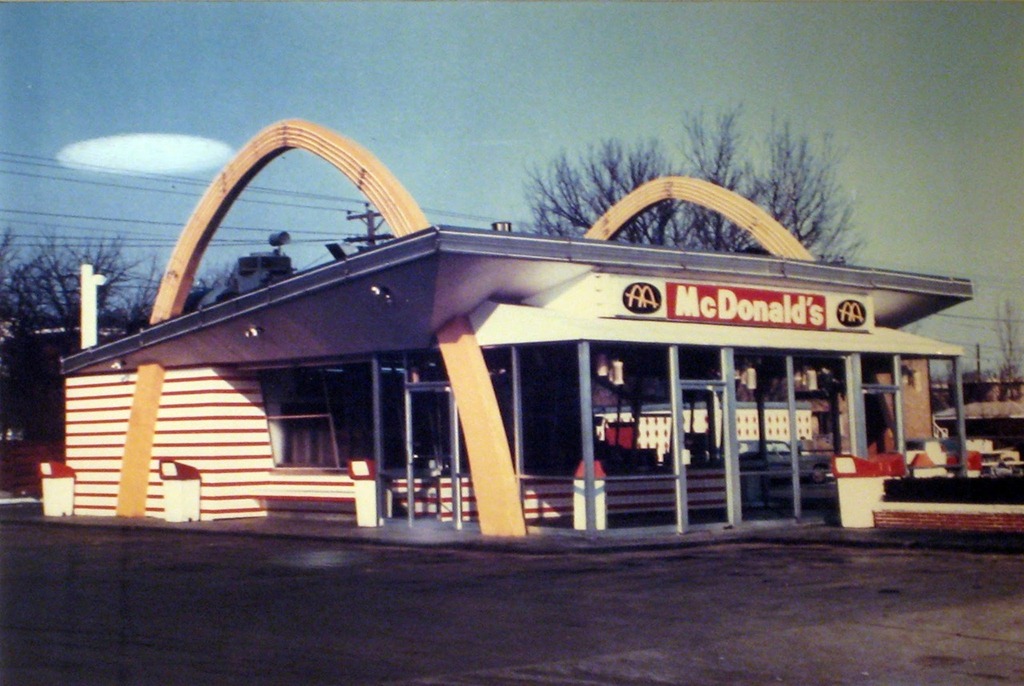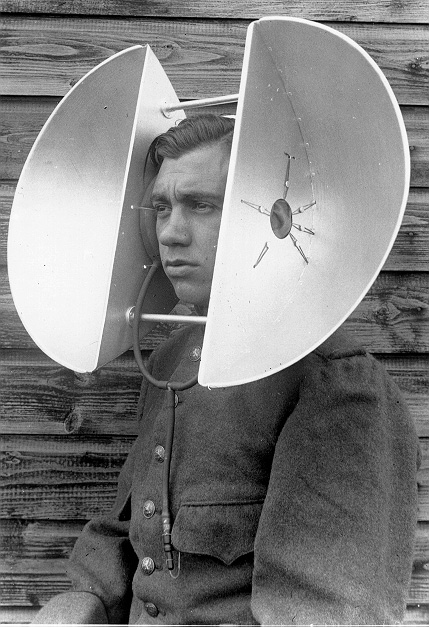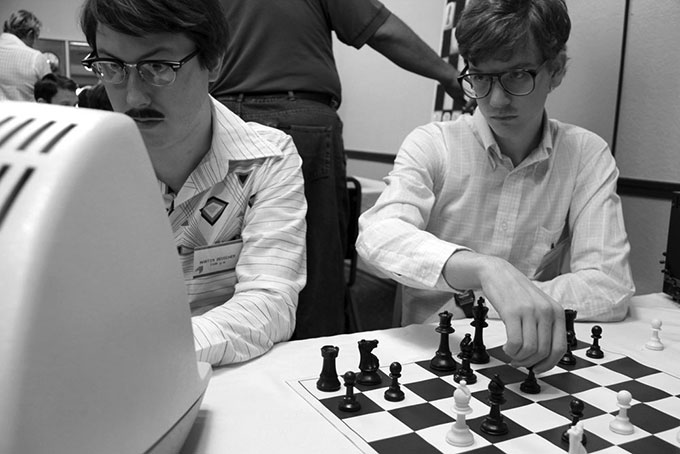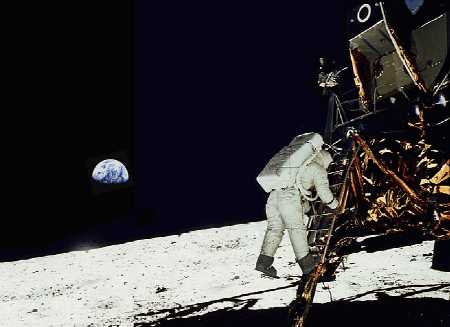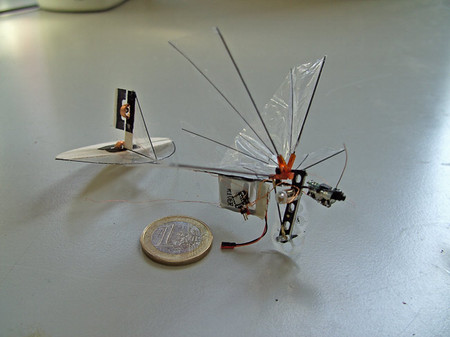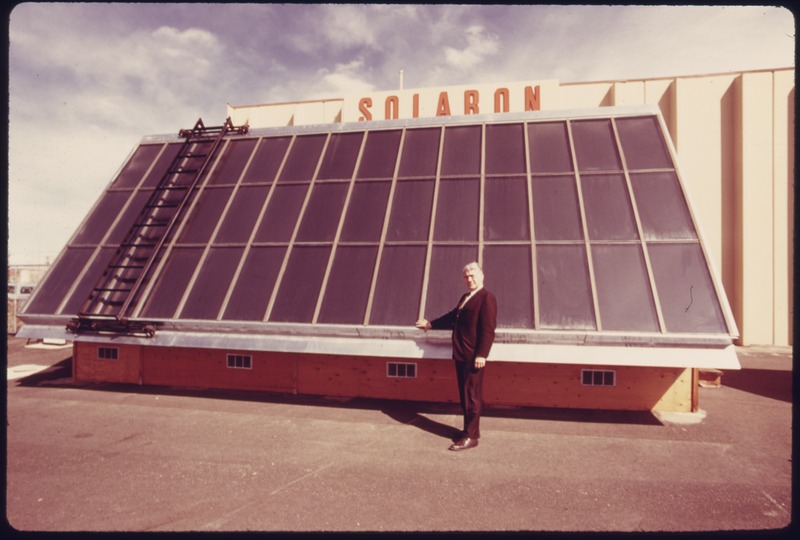You already know that I’m flummoxed that children can’t go into bars or buy cigarettes while they’re allowed to eat at fast-food restaurants. All three will equally set them up for unhealthy lives. Consenting adults should do what they want, but I don’t think McDonald’s and Wendy’s should be open to children.
On a completely different topic about fast-food places: There’s a wiseass article in Vice by Alison Stevenson about a test McDonald’s in California that’s supposed to be “futuristic,” allowing customers to order on iPads. The author has fun with the redundancy of the iPad and the employee currently doing the same tasks, but before long. the human element will likely be reduced. It’s another step in the automation of informal restaurants and cafes. An excerpt:
“This McDonald’s is the McDonald’s of the future. I’m not saying that just because it’s really clean and people are happy. I’m saying that because this McDonald’s has iPads! What do these iPads do? They are the tool with which you customize your burger order. With this magic iPad, you’re able to order such exotic menu items as an ‘artisan roll,’ and ‘guacamole.’ Yeah you heard me, a McDonald’s that serves guacamole. Welcome to the 21st century, fuckers. Obviously, little things like ‘clean dining areas,’ ‘friendly service,’ and ‘freedom of choice’ are not features that can be rolled out to every McDonald’s all at once. No, those things have to be ‘tested,’ and Laguna Niguel is the only place where you can enjoy the aforementioned amenities.”

